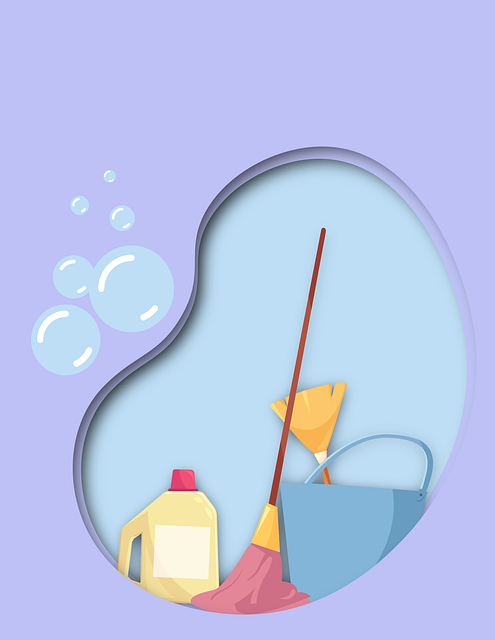Professional floor cleaning involves understanding and treating various flooring types—hardwood, carpets, tile, and grout—with specialized equipment and knowledge. This includes pH-neutral products for hardwood, deep cleaning methods for carpets, and specific solutions for tile and grout. A robust routine combines sweeping, vacuuming, mopping, and using suitable solutions, with daily quick cleans and weekly deep cleaning. Effective mopping techniques, regular polishing, and deep cleaning extend flooring lifespans. Steam cleaning is an eco-friendly option for disinfection. Regular care between professional cleanings involves vacuuming, dry mopping, using floor mats, and rotating cleaning routines to maintain pristine floors.
Professional floor cleaning is an art that demands understanding and adaptability. Every floor type—from hardwood to tile, carpet to vinyl—requires unique care. This comprehensive guide navigates the essentials of professional floor cleaning, from recognizing diverse surface needs to mastering specialized techniques. We explore essential tools, effective routines, and advanced methods like steam cleaning for optimal sanitation. Discover expert tips for maintaining cleanliness between professional cleans, ensuring your floors remain in top condition.
Understanding Different Floor Types and Their Cleaning Needs
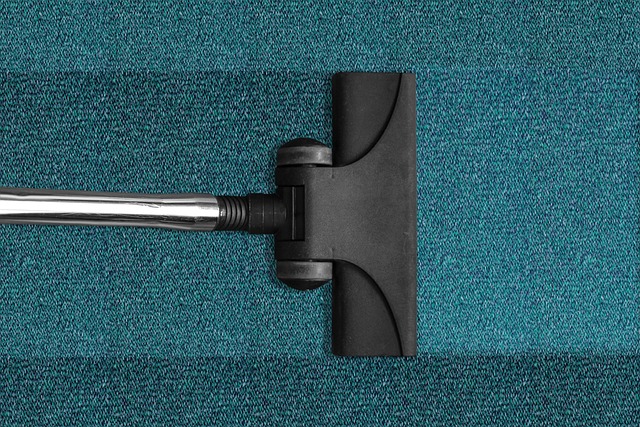
When it comes to professional floor cleaning, understanding different floor types is crucial for ensuring optimal results and prolonging the lifespan of each surface. Different materials, from hardwood to tile and carpet, require specific care. For instance, hardwood floors need gentle, regular cleaning with pH-neutral products to avoid damage, while carpets demand deep cleaning methods to effectively remove dirt and stains without causing shrinkage or discolouration.
Tile and grout cleaning presents its own set of challenges due to the porous nature of tiles and the tendency for grout lines to trap moisture and grime. Professional cleaners employ specialized equipment and solutions tailored to these surfaces, using steam cleaning or chemical treatments depending on the level of soiling. Each floor type demands a precise approach to maintain aesthetics and hygiene, making specialist knowledge and appropriate tools indispensable in the floor cleaning process.
Essential Tools and Equipment for Professional Floor Cleaning

Professional floor cleaning is a meticulous task that requires a diverse range of tools and equipment for optimal results. The right gear can make all the difference, ensuring efficient cleaning, spotless finishes, and extended flooring lifespan. At the core of any professional floor cleaning kit are high-quality vacuums, designed to suck up dirt, debris, and even deep-seated dust particles from various types of floors.
Beyond vacuums, a comprehensive set includes specialized tools tailored for different flooring materials. For example, hard floor cleaners use rotating brushes and powerful jets of water to effectively clean tile, vinyl, or hardwood while avoiding scratches. Carpet cleaning machines employ steam or chemical solutions, along with powerful suction, to deeply clean and sanitize carpets. Additionally, equipment like floor polishers and buffer machines are crucial for polishing and maintaining hard floors, imparting a glossy finish and creating a pristine appearance.
Developing a Comprehensive Floor Cleaning Routine
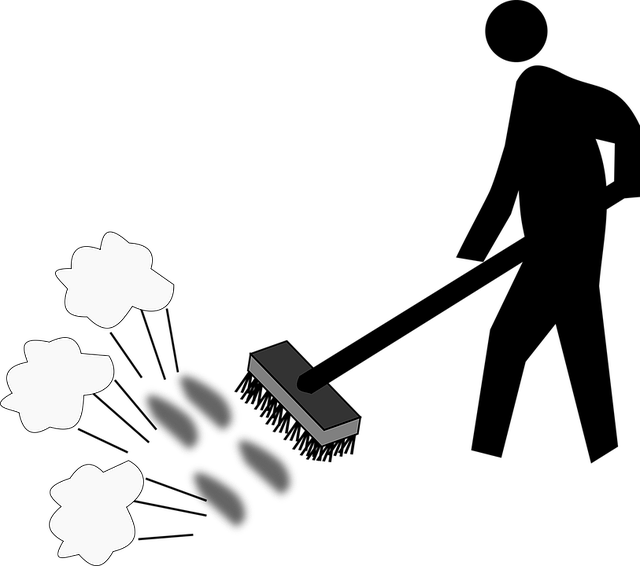
Developing a comprehensive floor cleaning routine is essential for maintaining a healthy and aesthetically pleasing environment, whether it’s in an office, commercial space, or your own home. The first step is to assess the type and amount of foot traffic each area receives. High-traffic zones require more frequent vacuuming and deep cleaning to manage dirt and debris buildup. Regular mopping can help maintain gloss and hygiene levels, while spot treatments for stubborn stains are also crucial.
Consider incorporating a mix of techniques: sweeping, vacuuming, mopping, and using specialized floor cleaning solutions tailored to different flooring types. A well-organized schedule that includes daily quick cleanups and weekly deep cleaning sessions ensures floors remain in top condition. Regular maintenance not only extends the life of your flooring but also prevents damage from accumulated grime and bacteria.
Effective Mopping Techniques for Sparkling Floors
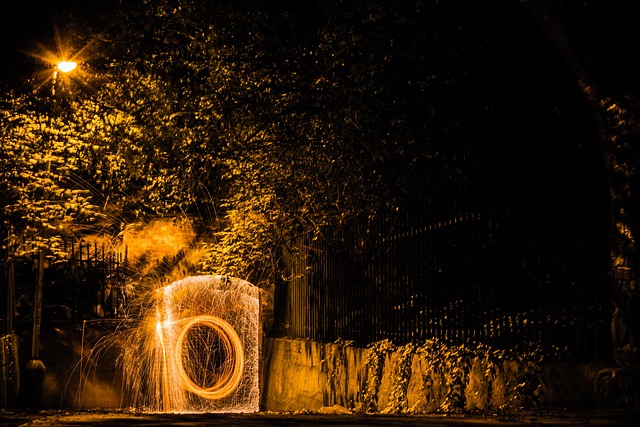
Mopping is an essential part of maintaining sparkling floors, and employing effective techniques can make a significant difference in the final results. Start by choosing the right floor cleaner for your specific flooring type—vinyl, tile, or hardwood—to avoid damaging or staining your surfaces. Next, prepare your floor by sweeping or vacuuming to remove loose dirt and debris. This step prevents scratches from mopping bristles.
For optimal results, use a well-wrung microfiber mop to pick up both water and grime effectively. Avoid overwatering your floors, as it can lead to damage or warping. Instead, maintain a slightly damp mop head, ensuring you wring it out frequently. Follow a systematic pattern—in straight lines or circles—for even coverage, and remember to change the water in your bucket regularly to maintain cleaning power.
Deep Cleaning and Polishing: Bringing Out the Shine
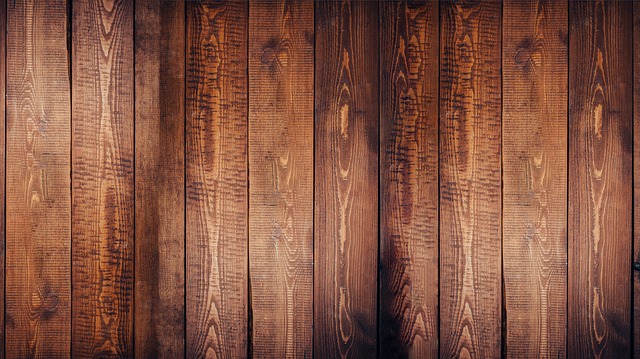
Deep cleaning and polishing are essential steps in professional floor cleaning, designed to bring out the natural shine and enhance the overall aesthetics of your flooring. This meticulous process involves removing deep-seated dirt, stains, and grime that regular vacuuming and mopping might miss. Skilled floor cleaners use specialized equipment and potent yet safe cleaning solutions tailored for different types of floors, ensuring a thorough clean without causing damage.
Polishing further enhances the floor’s appearance by creating a protective layer that not only adds gloss but also seals the surface, making it more resistant to future stains and dirt. Regular deep cleaning and polishing not only keep your floors looking their best but also extend their lifespan, saving you money in the long run.
Steam Cleaning: The Modern Approach to Sanitation
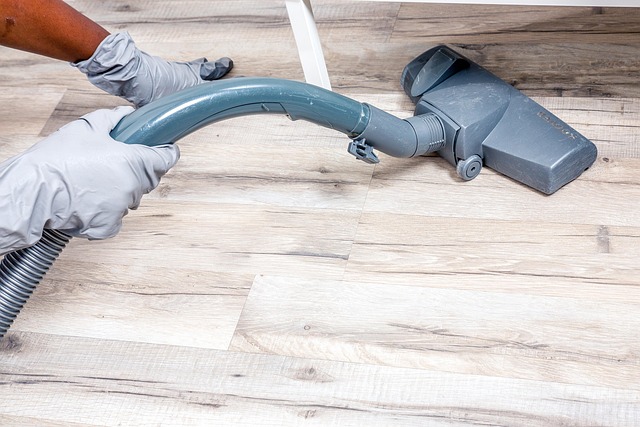
Steam cleaning has emerged as a modern approach to floor cleaning, revolutionizing sanitization practices. This method utilizes high-pressure steam to deep clean and disinfect various types of flooring surfaces, from wooden to carpeted ones. Unlike traditional chemical-based cleaners, steam cleaning offers a more eco-friendly alternative without compromising on cleanliness. The intense heat of the steam helps to eliminate bacteria, viruses, and other germs, leaving floors hygienically clean.
This innovative technique is particularly beneficial for maintaining a healthy environment, especially in commercial spaces like offices and schools. By reducing the reliance on harsh chemicals, steam cleaning contributes to better air quality and minimizes potential health risks associated with toxic residues. As such, it has become a preferred method for professional floor cleaning services, catering to both residential and commercial clients who prioritize hygiene and sustainability.
Specialized Floor Care for Specific Surfaces (e.g., Wood, Tile)
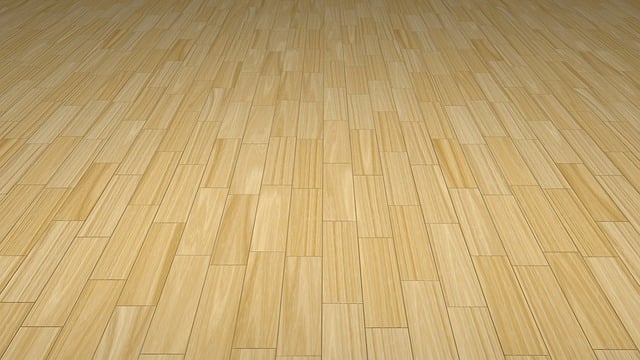
When it comes to professional floor cleaning, understanding that different surfaces require specialized care is essential for maintaining their beauty and longevity. Floors like wood and tile, for instance, demand tailored treatments due to their unique characteristics. Wood floors, known for their warmth and natural allure, need regular polishing and specific cleaning solutions to prevent scratches and maintain their finish. Tile floors, with their versatility in design, require effective yet gentle cleaning methods to avoid damaging the grout lines.
Professional cleaners are equipped with the knowledge and tools to handle these disparities. They employ specialized equipment like floor buffing machines for wood to restore its shine while using low-moisture cleaning techniques for tile to prevent water damage. This customized approach ensures that every floor surface receives the expert care it deserves, resulting in a sparkling and durable finish.
Tips for Maintaining Cleanliness Between Professional Cleans
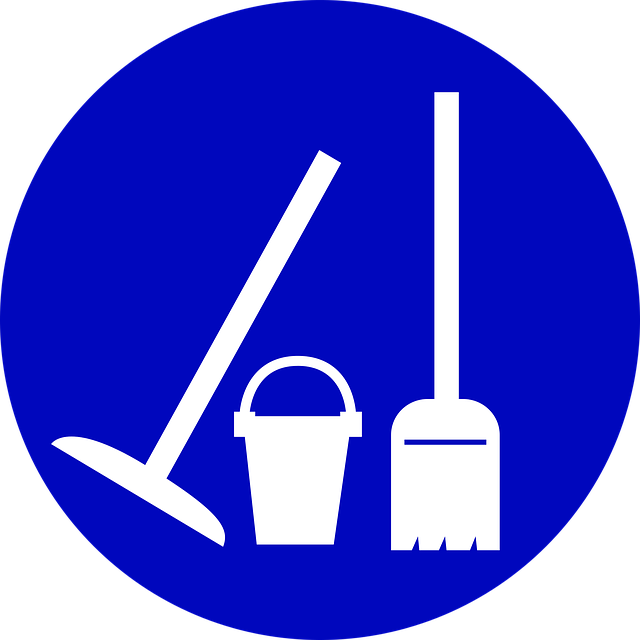
To keep your floors looking their best between professional floor cleaning sessions, there are a few simple tips to remember. Regular vacuuming is key; it removes surface debris and prevents dirt from grinding into the flooring over time. For hard floors, opt for a dry mop to avoid introducing excess moisture that could damage the surface.
Additionally, using floor mats at entrances can significantly reduce the amount of dirt and moisture tracked in from outside. Encourage regular traffic areas to be kept clear of clutter to minimize foot traffic wear and tear. Lastly, consider rotating your floor cleaning routine; for example, focus on high-traffic zones one week and less-traveled areas the next to ensure even care throughout your space.
